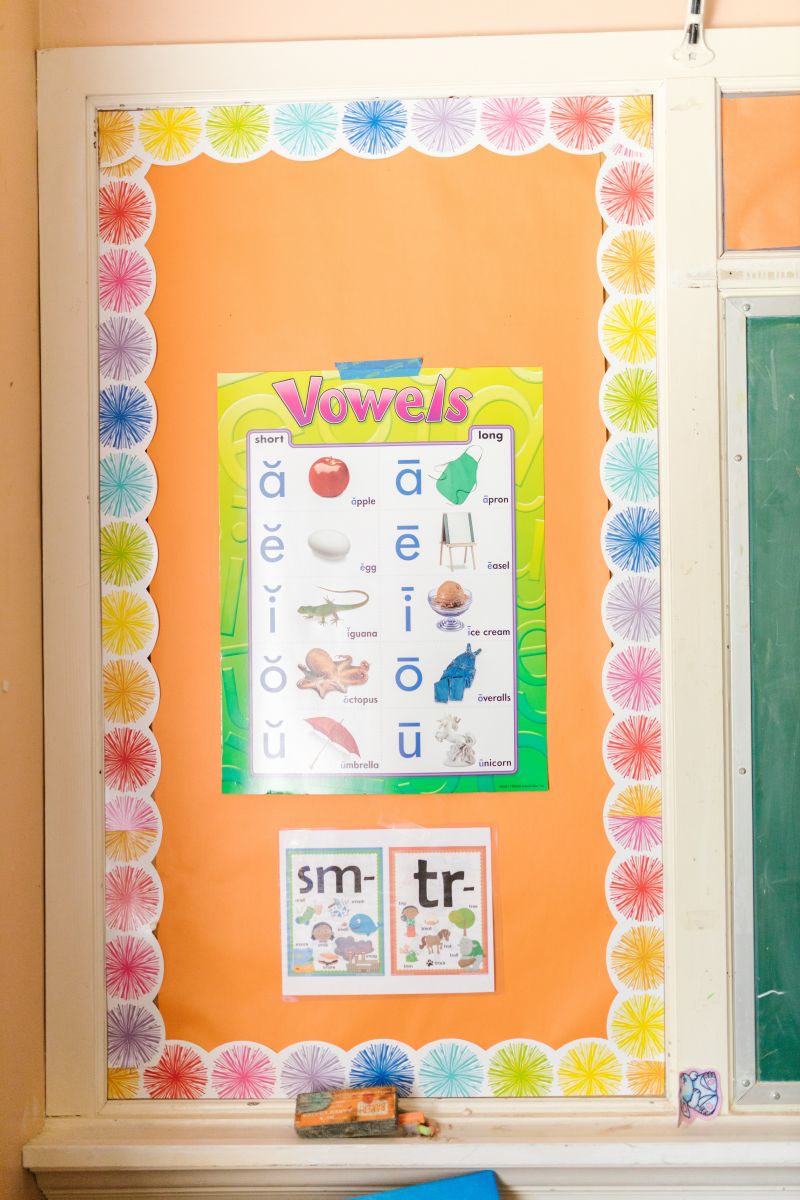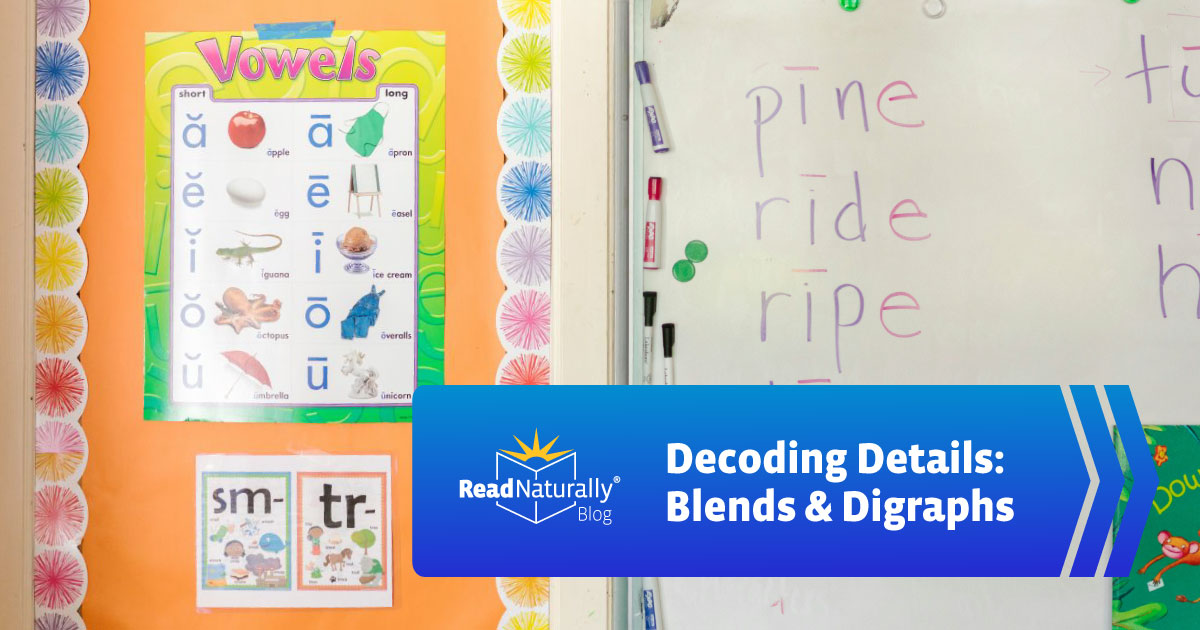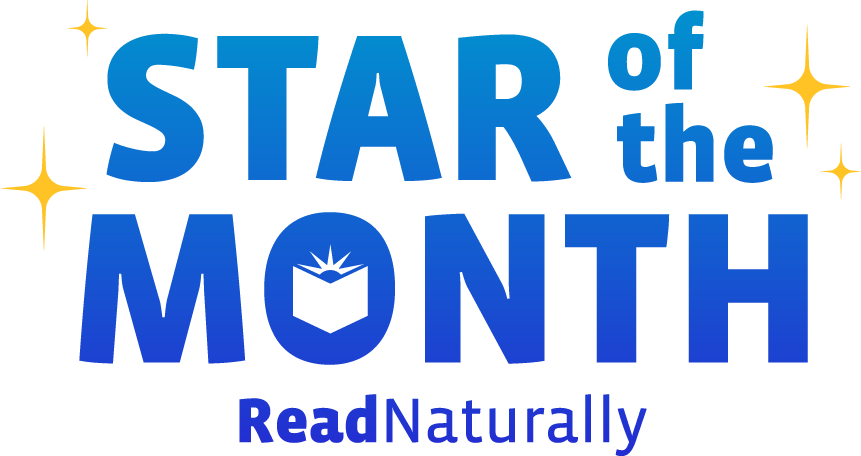 Most parents of toddlers don’t understand how their children learn to read; when I sat and read to my children, I took for granted that they would someday magically be able to read on their own. It wasn’t until I began teaching struggling readers that I appreciated how complex and challenging learning to read is for many students. Many of my students got stuck reading individual words, and they became frustrated with reading. These students—and many students in our schools today—benefit from direct, explicit instruction in pairing letters and letter combinations with sounds, also known as phonics. Becoming automatic in reading individual words frees up the mental energy necessary for readers to make sense of texts. And, since 87% of English words are either completely decodable or have just one exception, teaching beginning readers to decode automatically gives them a large bank of known words (Hanna, Hanna, Hodges, & Rudorf, 1966).
Most parents of toddlers don’t understand how their children learn to read; when I sat and read to my children, I took for granted that they would someday magically be able to read on their own. It wasn’t until I began teaching struggling readers that I appreciated how complex and challenging learning to read is for many students. Many of my students got stuck reading individual words, and they became frustrated with reading. These students—and many students in our schools today—benefit from direct, explicit instruction in pairing letters and letter combinations with sounds, also known as phonics. Becoming automatic in reading individual words frees up the mental energy necessary for readers to make sense of texts. And, since 87% of English words are either completely decodable or have just one exception, teaching beginning readers to decode automatically gives them a large bank of known words (Hanna, Hanna, Hodges, & Rudorf, 1966).
The National Reading Panel (2000) conducted a meta-analysis to review and evaluate research on the effectiveness of various approaches for teaching children to read. Their findings showed that students who received systematic and explicit phonics instruction were better readers at the end of instruction than students who received non-systematic or no phonics instruction (Ehri, 2006; Armbruster, Lehr, and Osborn, 2001).
The teachers at Read Naturally who developed Word Warm-ups (our paper-based phonics intervention), Word Warm-ups Live (our online phonics intervention), and GATE+ (our direct-instruction phonics program for groups) agree with the research from the National Reading Panel indicating that beginning readers benefit from systematic, explicit phonics instruction. Our programs for beginning readers emphasize the progression from learning letter names to learning letter sounds and connecting graphemes to phonemes to blending letters together to make words. First, the letter or letter combination is taught and practiced in isolation, and then students are guided to blend the sounds together to make words.
It’s important for beginning readers to identify and automatically decode many different combinations of vowels and consonants, including consonant blends and digraphs. Here are some tips for helping your students decode and understand the differences between a blend and a digraph:
Consonant Blends
- A consonant blend consists of two or more consonants together, each saying its own sound. Blends can be found at the beginning or the end of a word. Some examples include bl, tr, nd.
- Blends are introduced in Word Warm-ups Level 1, Section F. The narrator models how to pronounce the blend by itself, then students are guided by the audio to pronounce one-syllable words with beginning and ending blends.
- In the Read Naturally Phonics Series and in GATE+, students are introduced to consonant blends in Level 1.8. These programs include direct instruction and contain many examples of consonant blends for students to practice.
- As you teach blends to students, remind them that the word “blend” begins with a blend!
Consonant Digraphs
- A consonant digraph is two letters together that make a single sound, such as th, sh, and ng.
- Students working in Word Warm-ups first learn about consonant digraphs in Level 1, Section E, when they see words with short vowels like path, dish, and whim.
- In Word Warm-ups Level 2, Section A, students see digraphs again, in words like thumbtack and within.
- In the Read Naturally Phonics Series and in GATE+, students are introduced to digraphs in level 1.8. These programs include direct instruction and contain many examples of digraphs for students to practice.
- As you teach digraphs to students, remind them that the word digraph has a digraph in it (ph).
Many students can read words with blends and digraphs, but they struggle to spell these words. Fortunately, after seeing, hearing, and speaking many words with blends and digraphs, students’ ears are more likely to hear the difference between them. When they are asked to spell these words, they’ll have an easier time encoding the words.
Blends and digraphs are just two of the many phonics elements your students learn to read and spell in Read Naturally’s phonics programs. Stay tuned for more about other phonics patterns and tips for teaching them.

 Share your student’s success story—nominate him or her for our Star of the Month award. Win a Barnes & Noble gift card for the student and a Read Naturally gift certificate for your class!
Share your student’s success story—nominate him or her for our Star of the Month award. Win a Barnes & Noble gift card for the student and a Read Naturally gift certificate for your class!
Submitted 2 years 2 weeks ago by Sue Constantine
Submitted 2 years 2 weeks ago by Karen McKenna
Many phonics programs use the sequence of instruction that you list in your comment. Other phonics programs move directly to long vowels before teaching digraphs and blends. Read Naturally is aware of the two models of phonics instruction and was careful to craft the digraph and blends instruction in Word Warm-ups Live so that the digraph and blends lessons use words with short vowels only. That way, teachers who would rather teach digraphs and blends before long vowels can skip to Sections E and F after their students have completed Section B, Short Vowels. Sections C and D (long vowels) can be returned to after the students have finished Sections E and F (see the WWL Scope and Sequence).
To learn how to move between Sections in a Level of WWL, please use this section of the Read Live User Guide.
Thanks for submitting this question about order of instruction.